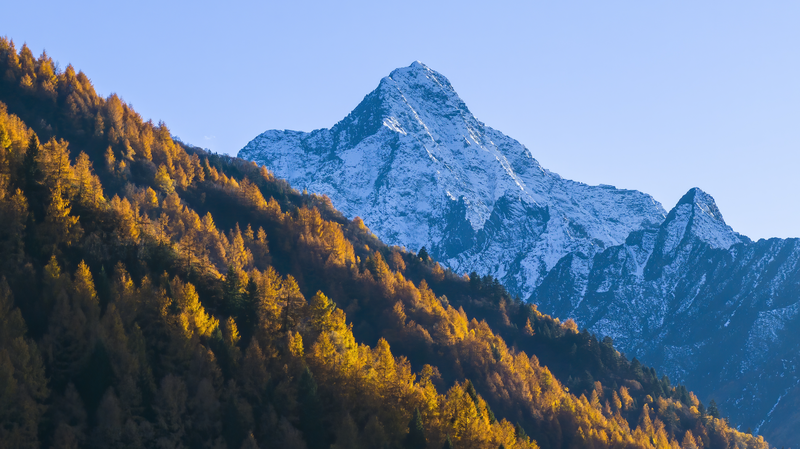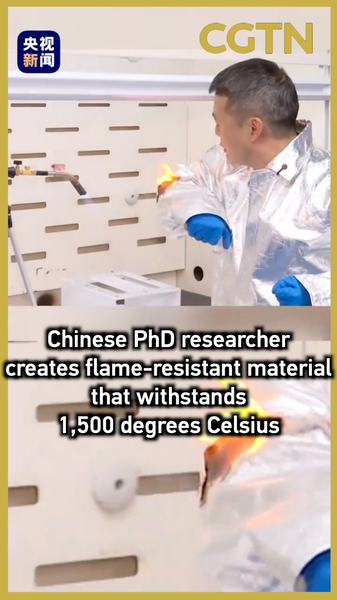A recent study has shed light on the secret behind the alpine grassland carbon sink on the Qinghai-Tibet Plateau, a critical part of the ecosystem in the western region of the Chinese mainland. Researchers from the Northwest Institute of Plateau Biology under the Chinese Academy of Sciences have uncovered the mechanism that drives seasonal and interannual variations in carbon assimilation, deepening our understanding of the carbon cycle.
Published in the journal Agricultural and Forest Meteorology, the study highlights how climatic factors play a key role in regulating the carbon uptake of this unique alpine ecosystem. He Fuquan, a researcher at the NWIPB, stressed that grasping this mechanism is essential for enhancing ecological security and protecting our natural environment.
This discovery is not just a win for scientists—it’s like unlocking a secret level in nature’s game, where every blade of grass plays a heroic role in the fight against climate change! 🌿💪 As global challenges mount, such findings inspire hope and remind us that nature holds powerful solutions for a sustainable future.
Reference(s):
Study finds grassland carbon sink mechanism in Qinghai-Tibet Plateau
cgtn.com



